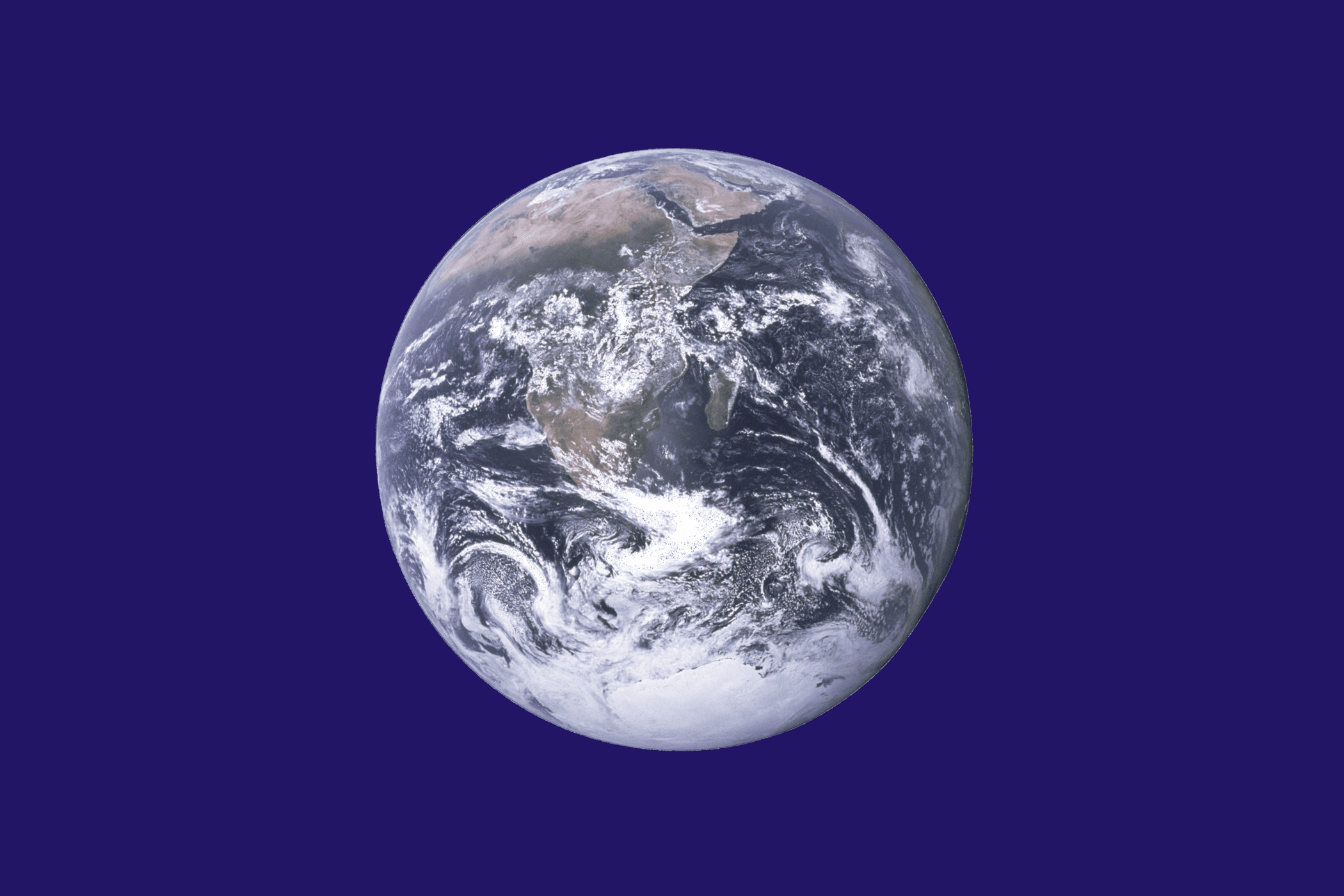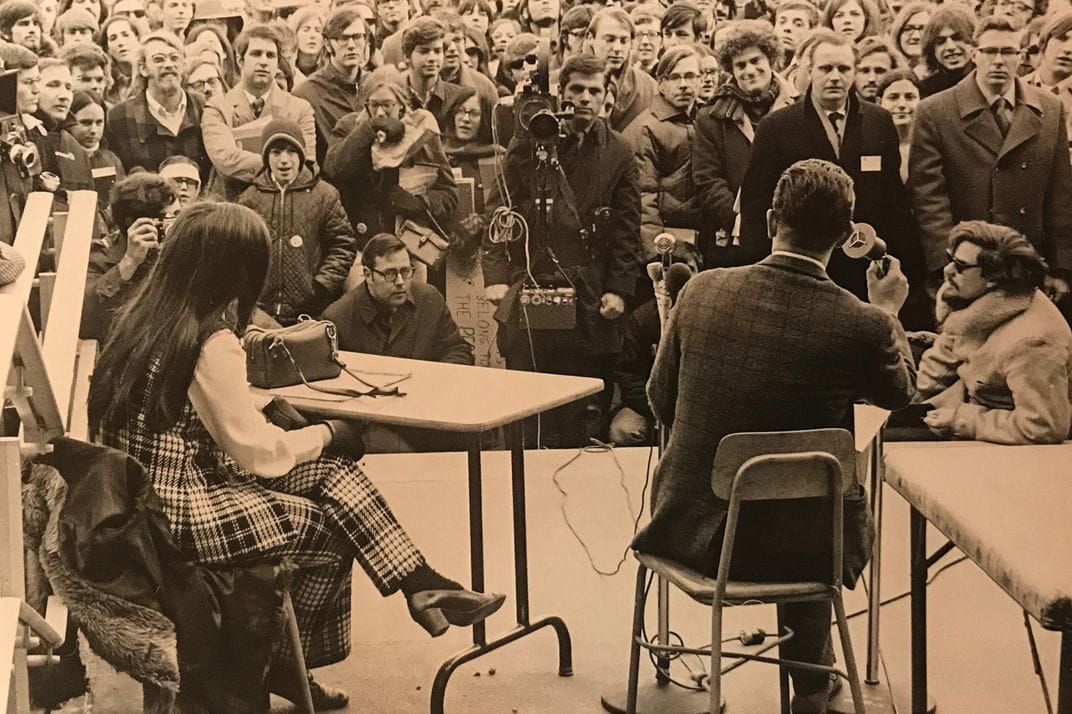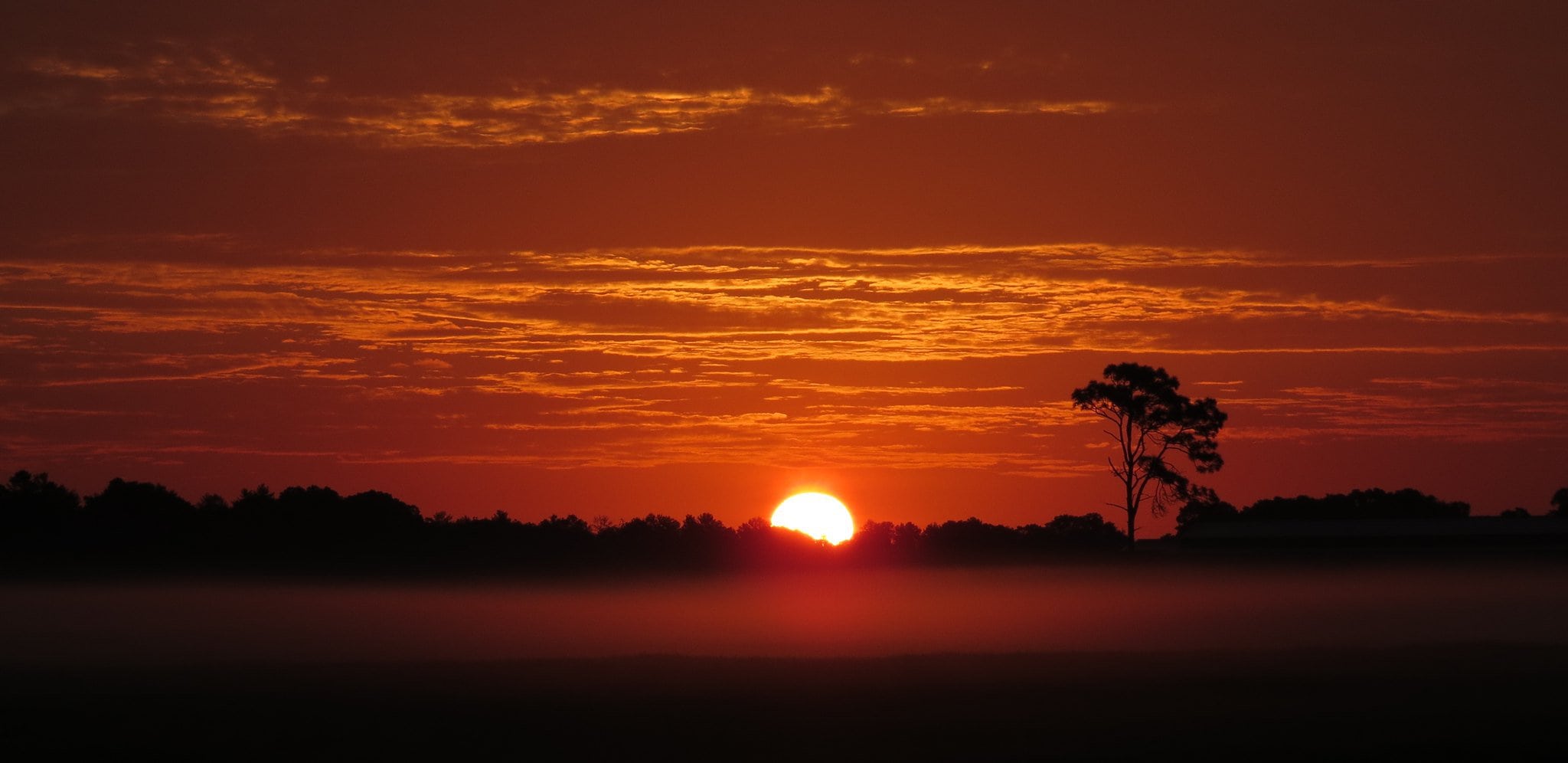Earth Day at 50
By Maureen Lahiff
I was born in Cleveland, Ohio, famous for the burning Cuyahoga River in summer 1969. There had been several fires on the water before that one, the largest in 1952. There were steel mills, chemical companies, and lots of other manufacturing in the Flats along the river.
Here on the West Coast, more than three million gallons of oil spilled off Santa Barbara when a Union Oil well blew out. This disaster in January 1969 was a major catalyst for the first Earth Day. The US did keep President John F. Kennedy’s pledge to land a man on the moon and bring him safely back to Earth before the end of the 60s, but in 1969, our home planet was in dire straits.
1970 is before the landmark environmental legislation, before there was an EPA, before DDT was banned. As I spend today in reflection, I am in awe at the power of what young people coming together can accomplish.

The first Earth Day: April 22, 1970
Senator Gaylord Nelson of Wisconsin usually gets the credit, but several legislators, including California’s Representative Pete McCloskey, and environmental activists made the first Earth Day happen. It is estimated that over 2,000 colleges and universities, over 10,000 high schools and elementary schools, and communities all over the country marked that first Earth Day. Mayor John Lindsay agreed to shut down 5th Avenue in New York City and made Central Park available for Earth lovers. Over 20 million people, one-tenth of the US population at the time, participated in Earth Day in some way.
In February 1970, students at San Jose State held a Survival Faire and buried a new yellow Ford Maverick.

In April 1970, I was a student at the University of Detroit. That’s close to Ann Arbor. As part of a four day teach-in in March, a “trial” (called, The American People vs. the American Sedan) was held. Of course, the trial was rigged, and the 1959 Ford sedan was executed. The April 2020 edition of the Smithsonian magazine has a story with more details.
What happened soon afterwards
President Nixon proposed the EPA in July 1970.
The agency was up and running before the end of the year, with William Ruckelshaus as the first administrator. In late 1970, the U.S. Attorney for the Northern District of Ohio, Robert Jones, launched a federal grand jury investigation into 12 companies for polluting the Cuyahoga River.
Later, the federal government sued Jones and Laughlin Steel Corporation for dumping substantial quantities of cyanide into the Cuyahoga River.

The landmark legislation
With bi-partisan support, a series of major legislation was passed soon after the first Earth Day. Some of these strengthened and expanded existing laws, others were new. I list their popular names.
The Clean Air Act and the Clean Air Act, 1972
The Toxic Substances Control Act, 1976
The “Superfund” Act, 1980

Unto the next generations
When I hear Greta Thunberg speak, I see the same spirit and energy that animated that first Earth Day.
Earth Day is now commemorated in almost 200 countries. How we will commemorate it in pandemic circumstances? Of course, the Earth deserves more than a day, but we can spend today in deep reflection (and gratitude) for everything Mother Nature has done for us.
Maureen Lahiff, Chair of Golden Gate Bird Alliance’s Adult Education Committee, is a member of the inaugural Master Birder class taught by GGBA in 2013. She is part of the Vaux’s Swifts counting team, serves as a docent at Lake Merritt, leads GGBA field trips, and teaches GGBA adult ed classes.
